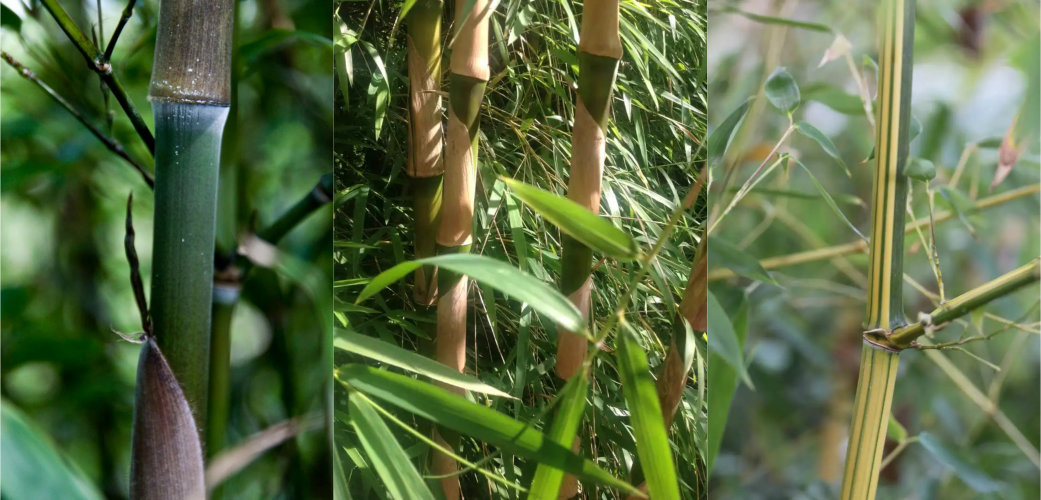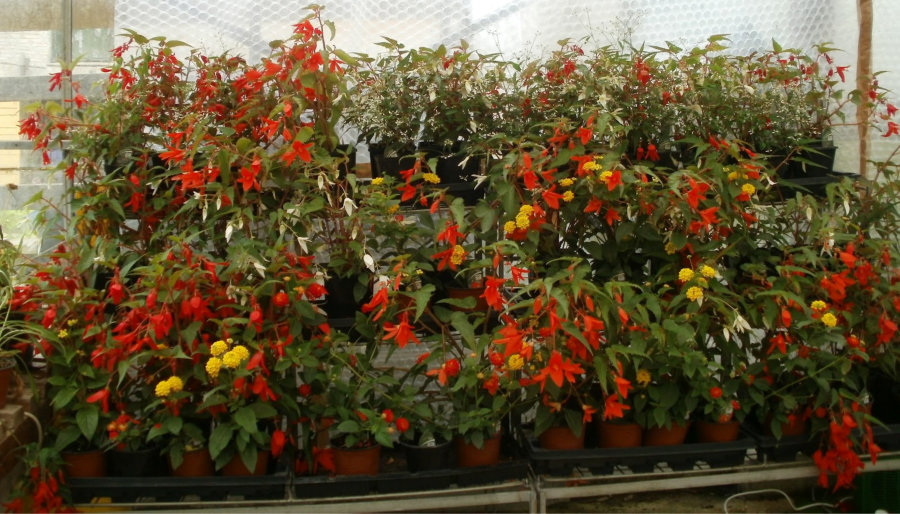A little while ago on Twitter I was asked what some of my favourite trees were. This has to be one of the more difficult questions asked of me.
Why?
For those of you who do not know me I am a complete and utter Plantaholic and favourite plants can be a tricky subject because I can always be tempted by something new to me and my top ten can be more changeable than a chameleons colour scheme on psychedelic wallpaper.
So for now the following trees feature in my favourites list but ask in a few months time there may be casualties and some new climbers in my chart!
Pterostyrax hispida (Epaulette tree) Small to medium

This tree ticks a lot of boxes for me, nice bark, great foliage, amazing flowers and long lasting seed this gives us a tree that has interest throughout the year. Quite large leaves on this small to medium tree which turn the most incredible butter yellow in Autumn. The flowers which appear in early Summer are responsible for the common name of this tree as they do bear a strong resemblance to epaulettes. They keep this form right through to the seed stage which can last through to the early winter.
Tetradium daniellii (Bee bee tree) Small to medium
The attraction of this tree for me is the shape and form.. This tree grows a fairly straight stem and produces a umbrella like canopy that can be as broad as the tree is tall. The tree produces feathery pinnate leaves and clusters of fragrant cream flowers which are a magnet for nectar collecting insects in the late Summer. Possibly why the tree is called the Bee bee tree. The flowers produce dark reddish purple fruit.
Cedrela sinensis ‘Flamingo’ (Chinese flamingo toon) Medium

Formerly known as Toona sinensis Flamingo this tree has the gaudiest spring foliage of any tree I know. I am not a pink fan but this tree produces shocking pink foliage in spring which always evokes a wow from visitors in the garden. The foliage can be caught by late frosts but I find it reshoots without much problem. It is quite a tough tree once established but can be a bit of a scruff in juvenile form as the young foliage can be damaged by early inclement spring weather. After about a month the leaves turn cream and eventually go mid green for the rest of the season. Our own plant in the gardenias never flowered as of yet but apparently it produces 30cm panicles of white flowers in summer. About two Summers ago my Uncle visited from New Zealand and saw this tree in my garden and urged me to cut it down! Apparently in NZ it can be a bit of a weed as it spreads by rhizomes and can be a bit thuggy. However our climate does not encourage this habit to much. After eight years in my garden I have just managed to acquire a few runners.
Paulownia tomentosa ( Foxglove tree) medium to large
This tree has been a favourite of mine for a long time because of its versatility. Really nice large felty leaves on this fast growing tree from Asia. I have four Paulownias in the garden two tomentosas a kawakamii and a fortunei. These trees can be treated in two ways in the garden and in most cases especially in a small garden hard pollarding is probably the way to go. This will make the tree produce a tall straight stem and the most enormous leaves up to a metre across. However if you do not pollard a large tree is produced with smaller leaves 20cm across and the most incredible blue to violet fragrant flowers. In my garden I pollarded one to about a metre and have let it branch so that the size has been kept down but i do get the flowers. I have let the kawakamii go as not a very common variety and i want some seed from it. The fortuneii and other tomentosa are pollarded to the ground every spring to get those massive leaves.
Betulas (Birch trees) Small to large

A big group of trees renowned for their attractive barks Autumn colours and catkins. Particular favourites include Betula medwedewii which in the specimens I have seen have a sprawling habit and a shaggy golden bark. I first came across this variety at Cambridge Botanic Garden one particularly fine sunny Autumn morning and was bowled over by its vibrat colour and form and of course was then on the hunt for a specimen for myself! Needless to say I have a nice little one coming along in a pot ready for planting out this next year. Betula utilis var. jacquemontii a favourite of many people for its nearly pure white bark with several sub variants offering different shades and forms
Decaisnea fargesii (Deadmans fingers/ Blue sausage fruit tree) small to medium

This is one of those trees that can be kept shrubby and quite often is. Attractive pinnate leaves with a slight pinkish tinge in Spring. The greenish yellow flowers are borne in racemes in spring and if pollinated will bear blue sausage like fruits in late Summer/Autumn the pulp surrounding the seeds is edible but not worth the hassle.
Zanthoxylum americanum (Prickly Ash) small/medium

Quite a prickly plant especially when juvenile. Pinnate aromatic leaves which turn an attractive yellow colour in Autumn. This tree produces small berries which have been used for their medicinal properties and anaesthetic properties in fact another of its common names is The Toothache Tree as it was commonly used to alleviate the symptoms of toothache. A close relative to this tree occurs in Asia and producers the famous Sichuan pepper used in Chinese cuisine. Apparently this tree can grow up to about 30 feet but specimens I have so far seen have been small to medium. Once mature the thorns have a limpet appearence which is what caught my attention when I first saw it in Cambridge Botanics.
Acer palmatums (Japanese Acers) medium

Plethora of these decorative trees from Asia available to the gardener and many variants in leaf shape and colours. these are palmatums, dissectums, scolopendrifolium and colours go from yellows, greens and reds and most produce good Autumn colour. Favourites of mine probably Sango kaku which isf fairly plain green in foliage but after a flare of Autumn colour the most vivid red bark is left behind to cheer you through the Winter. Common name of this appropriately is Coral Bark Acer. Then we come to the disectiums which have the most finely cut foliage you could imagine with Lace lady being amongst my favourites. Finely cut green leaves which go the most brilliant orange and red in Autumn.
Acer davidii (Snakeskin Acer) medium

Snakeskin Acer so called because of the patterning on the bark. agin there are variants in this group plain davidii, Serpentine, White Tigress and Viper of which as a confirmed plantaholic I have examples of in the garden. White tigress is a variety I was made aware of via Roy Lancaster and he quotes it as being one of his favourites however this season I discovered Viper and the patterning on this is exquisite. As with most Acers Autumn colour is the bonus at the end of the growing season.
Zekova serrata (Japanese zelkova) Medium/large

Related to elm, this tree is characterised by a short trunk with upward facing branches giving it a pleasant vase shape. Leaves are toothed at the edges giving where the serrata part of the latin name comes from. The Autumn colour is one of the last trees in my garden to turn but goes out in a blaze of colour and at present remains my favourite colourer for Autumn.







